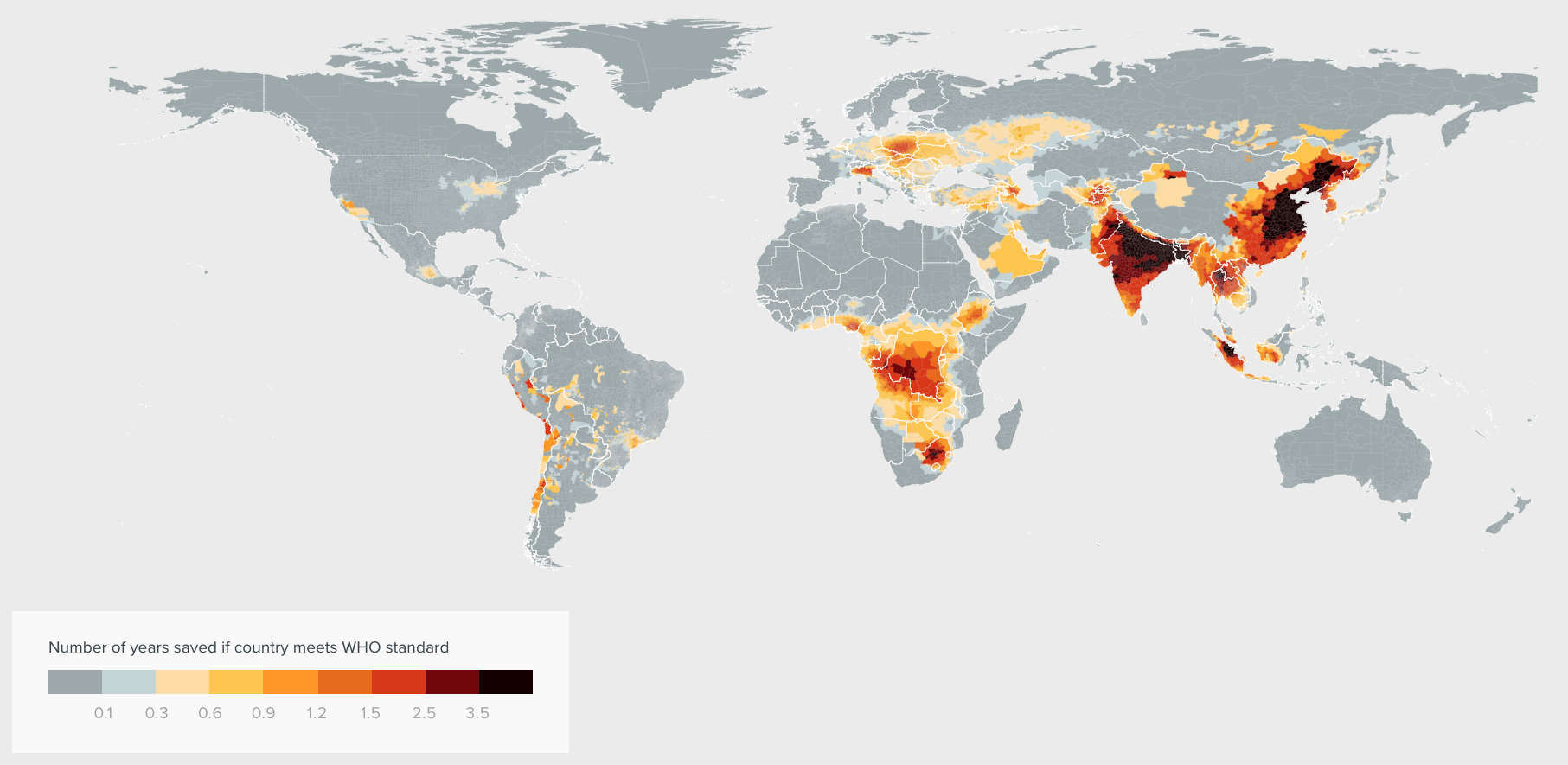
Halloween was last night and so I watched "Ghostbusters" once again, like I have every year since it came out. If you know the movie, the ostensible enemy is a Sumerian "god" who wants to colonize New York with his followers, but the real villain is the United States Environmental Protection Agency. Just over a dozen years after it had been founded, the EPA was already regarded as a group manufacturing problems to solve - and that was even in a big-budget Hollywood movie which, let's face it, is not exactly a pro-business culture.
Here is the plot: New York City developed a ghost problem. The free market solved it. And then a government bureaucrat who knew nothing about science put his beliefs before evidence and used a court order to wreck everything anyway.
Fast-forward to 2017 and Americans actually have even less ability than in 1984 to be skeptical of government bureaucracy in regards to science. Entire swaths of science media, who claim to stand for evidence-based thinking (well, only about global warming - on GMOs, medicine and energy, they want to "teach the controversy"), reflexively circle the wagons around every government health or environmental claim, regardless of the evidence used to make the decisions. If science media and the public were more skeptical they would see that the EPA has been doing to natural gas what Walter Peck did to New York in the movie: Shutting down machinery they don't understand and letting a bunch of crazy things run amok.

William Atherton as Walter Peck. A classically trained actor, his performance was so compelling he ended up playing similar parts after that.This remains his most recognizable role and the archetype for how most Americans see EPA bureaucrats. Screen cap: "Ghostbusters", Halloween, 2017
Now, EPA has committed to getting back to evidence-based thinking and transparency. How are they doing? Preventing their own grantees from populating panels evaluating the claims of each other is a good start, as is backing off EPA rules that were never going to pass muster in the courts, like on Waters of the United States modifications. And implementing even more air quality regulations that haven't been shown to help anyone.
Pollution regulations? But we all want clean air, right? Yes we do, and we have it. (1) EPA gets some of the credit for that, though most of the credit goes to the private sector. It wasn't a government rule that made natural gas overtake coal in energy production, it was work by a wildcatter named Peter Mitchell, who discovered a way to use "played out" wells that were no longer valuable for large oil companies. Though natural gas fracturing ("fracking") had been around for 60 years before it took off, it wasn't viable and so natural gas was not as widespread as it could be. Suddenly in the hands of Mitchell it was. Pollution from energy plummeted back to early 1990s levels, all while keeping heating and cooling affordable for seniors and the poor, while emissions from coal plummeted back to early 1980s levels.
Why mess with that? That's a mystery science can't explain but the previous administration sought to curb that progress anyway, essentially fabricating claims that we were still at risk thanks to a new problem - small particulate matter. Small particulate matter is not the pollution you see in Beijing, that is PM10. This new pesky poltergeist is instead only visible with an electron microscope - PM2.5.
It has never killed anyone, there is no scientific evidence (sorry, activists, correlation is a tool of science, not the thing itself) it can even cause a health effect, and yet EPA used a single epidemiology study to claim they could save lives by further restricting it.(2)
EPA today seems to be getting back to scientific first principles, and a terrific sign they are engaging in critical thinking is appointing Dr. Stan Young, from the American Council on Science and Health Board of Scientific Advisors, to the EPA Clean Air Scientific Advisory Committee, which is chaired by Dr. Michael Honeycutt, director of the Texas Commission on Environmental Quality's (TCEQ) toxicology division.
Dr. Young has impeccable credentials in understanding statistics and he has been a key opponent of junk science claims about air quality. Anti-science activists are understandably apoplectic, because this could undo a great deal of their lobbying efforts and the irrational mindshare they have gained due to getting their employees placed in government positions. But their efforts have only been good for their fundraising, not American air quality. Honeycutt is being blasted by partisan journalists because he was skeptical that even more ozone cuts would help anyone. I italicized that for a reason. "Even more" is the same rationale being used in particulate matter, also with no evidence that more will be better. Journalists who are pushing ideology instead of science instead frame that to mean the pro-science community are claiming pollution is healthy. They have never said anything of the kind, they have simply said that if it is not making Americans healthier, it is bad policy.
"Ghostbusters" was a work of fiction but it highlighted a real problem Americans already saw developing at EPA. Here is hoping in 2017 they stop promoting belief in scientific phantasms.
NOTES:
(1) But to what? Look at this WHO map of PM2.5. We have some of the healthiest air in the world, even if we look to invisible pollution.

(2) Obviously they have no link, as Dr. Young showed:



